Embibe Experts Solutions for Chapter: Arithmetic Progressions, Exercise 1: Exercise
Embibe Experts Mathematics Solutions for Exercise - Embibe Experts Solutions for Chapter: Arithmetic Progressions, Exercise 1: Exercise
Attempt the free practice questions on Chapter 5: Arithmetic Progressions, Exercise 1: Exercise with hints and solutions to strengthen your understanding. THINK ABOVE AND BEYOND MATHEMATICS PRACTICE BOOKS solutions are prepared by Experienced Embibe Experts.
Questions from Embibe Experts Solutions for Chapter: Arithmetic Progressions, Exercise 1: Exercise with Hints & Solutions
A farmer plants apple trees in a square pattern. In order to protect the apple trees against the wind he plants conifer trees all around the orchard.
Here you see a diagram of this situation where you can see the pattern of apple trees and conifer trees for any number () of rows of apple trees:
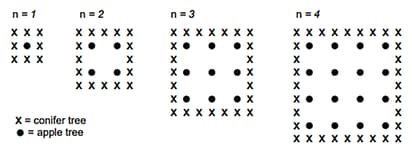
Complete the table:
| Number of apple trees | Number of conifer trees | |
A restaurant is discussing how many people they can fit at their tables. One table seats four people. If they push two tables together, they can seat six people. If three tables are joined, they can seat eight people.
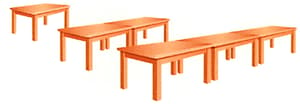
Copy and complete the table as shown below:
| Number of tables | ||||||||
| Number of seats |
Consider the following sequence of figures.
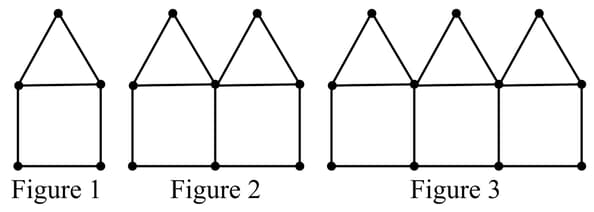
Figure contains line segments.
Given that Figure contains line segments, show that .
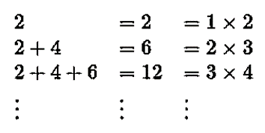
According to the above pattern, what is
Consider the following sequence of figures.

Figure contains line segments.
Find the total number of line segments in the first figures.
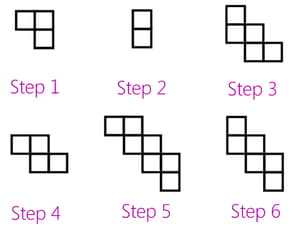
How many squares will be in step ?
Domestic bees make their honeycomb by starting with a single hexagonal cell, then forming ring after ring of hexagonal cells around the initial cell, as shown. The number of cells in successive rings forms an arithmetic sequence.
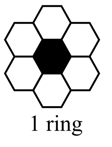
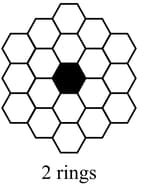
How many cells are in the honeycomb after the ninth ring is formed?
You are standing next to a bucket and are tasked with collecting potatoes, but can only carry one potato at a time. The potatoes are in a line in front of you, with the first potato meter away and each subsequent potato is located an additional one meter away.
How much distance would you cover while performing this task?
